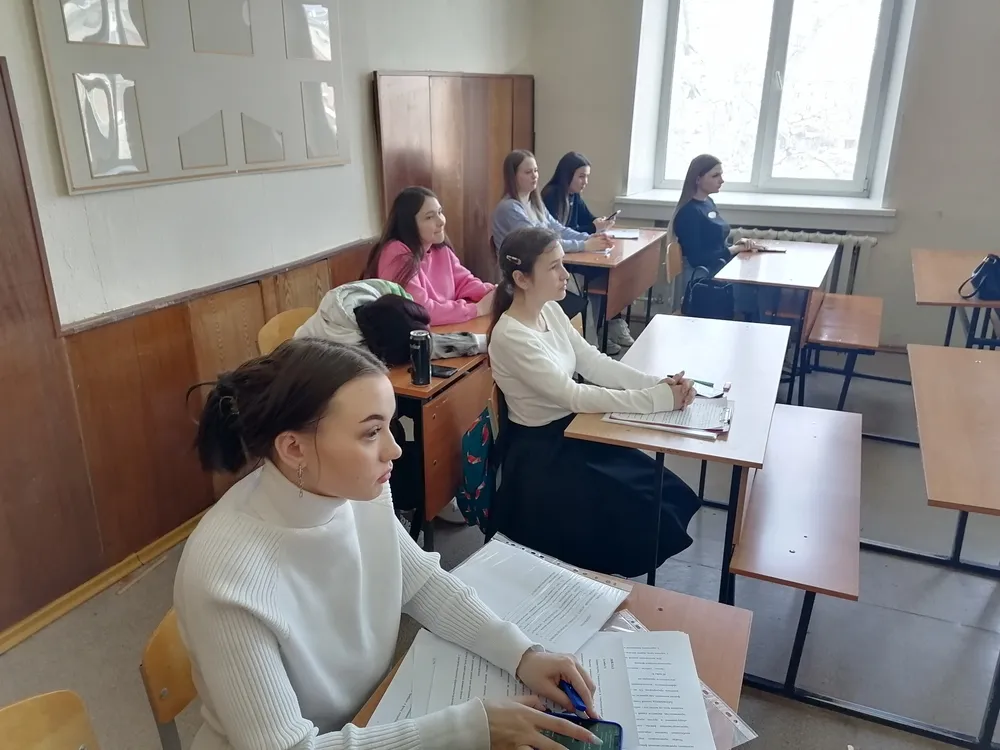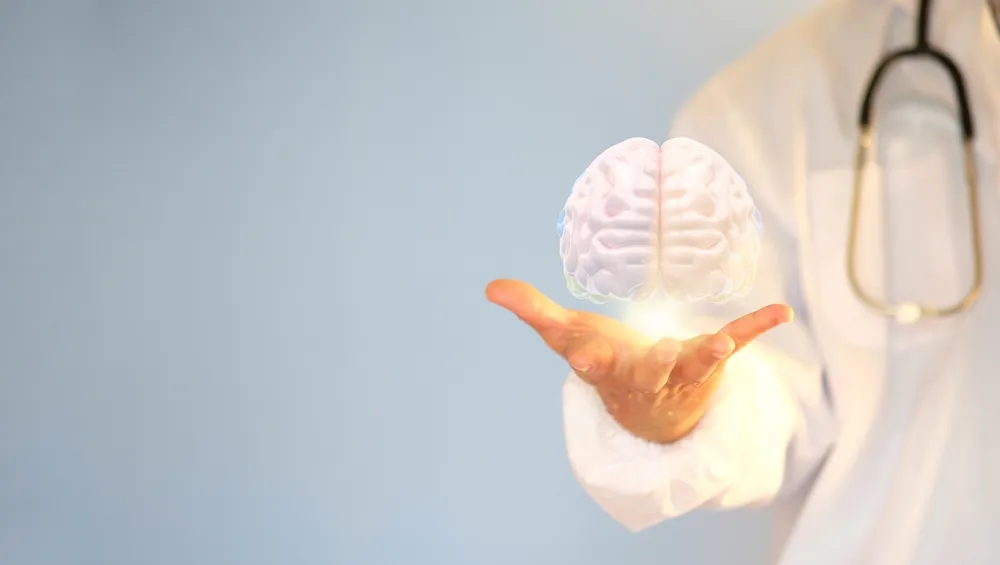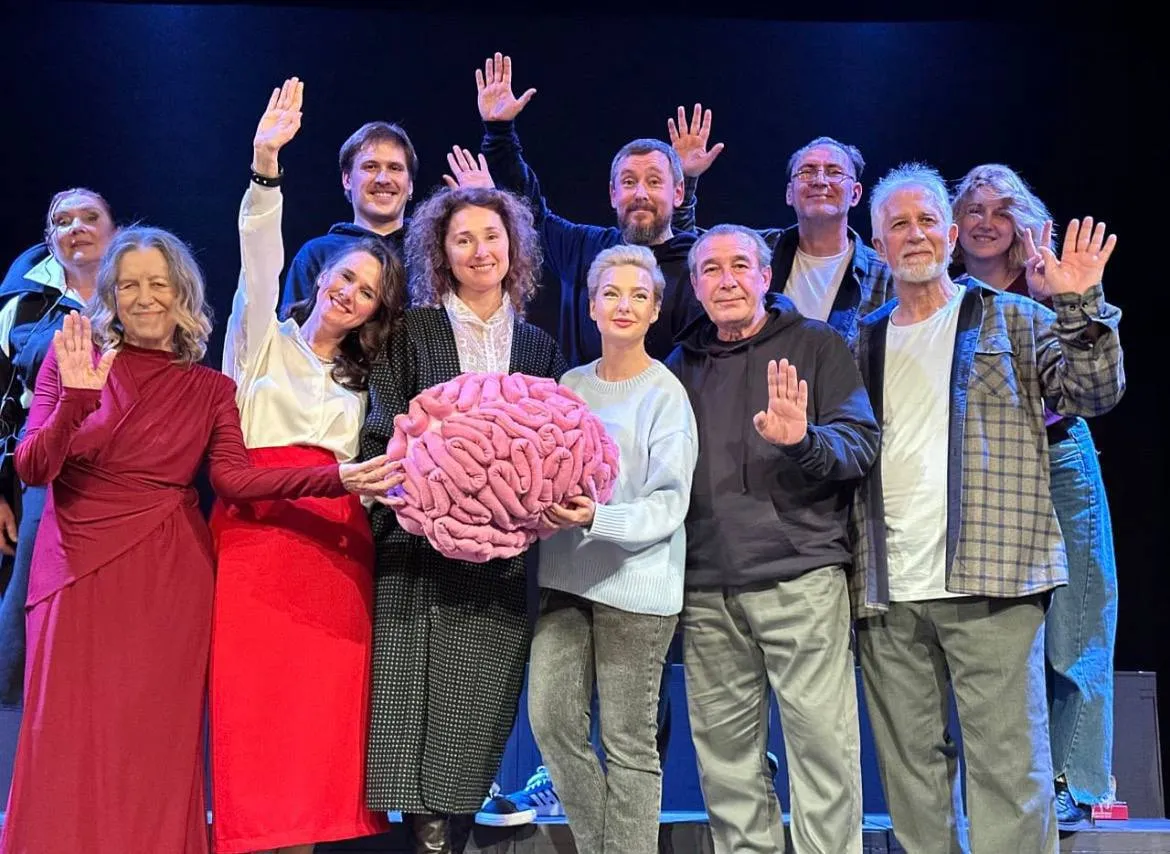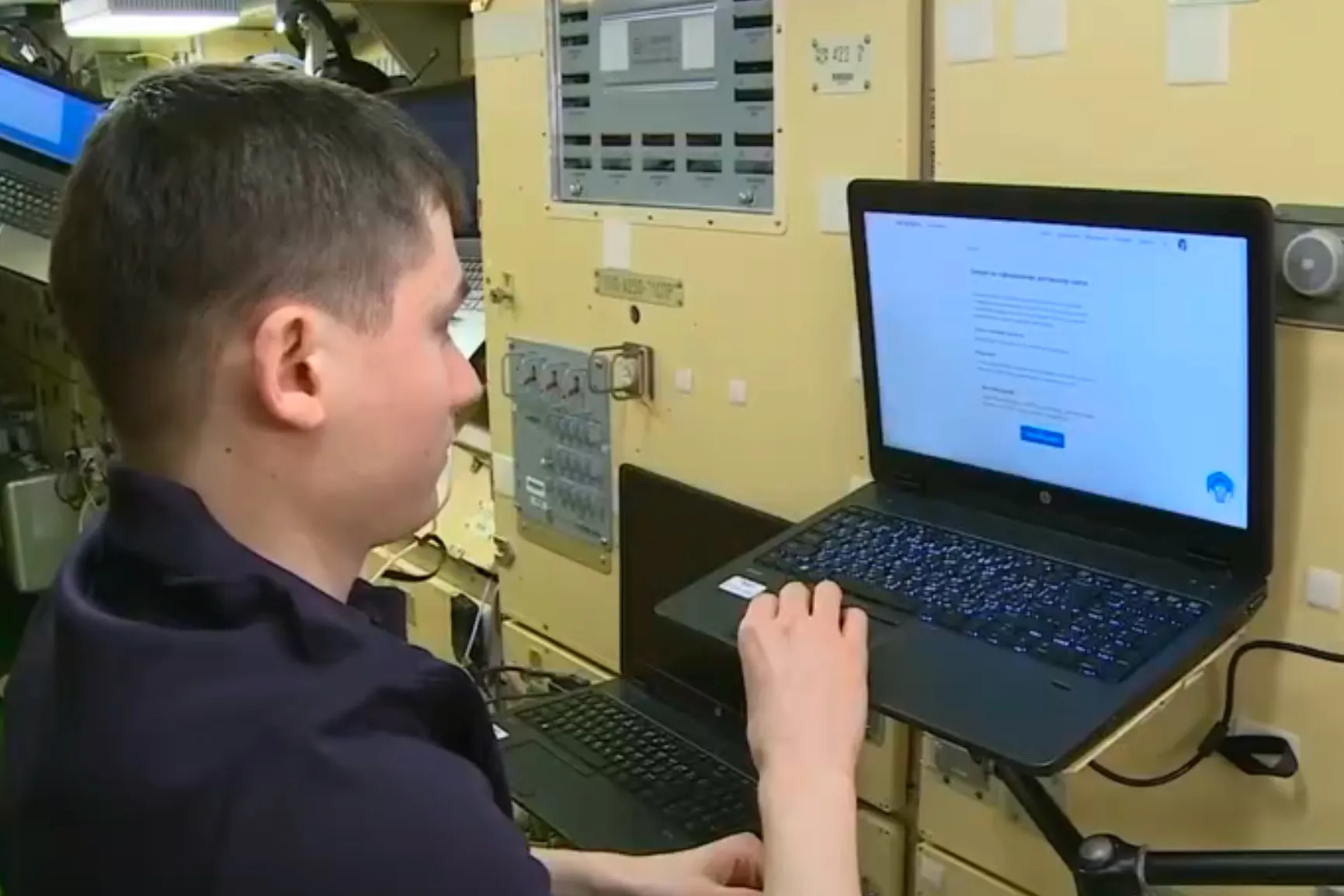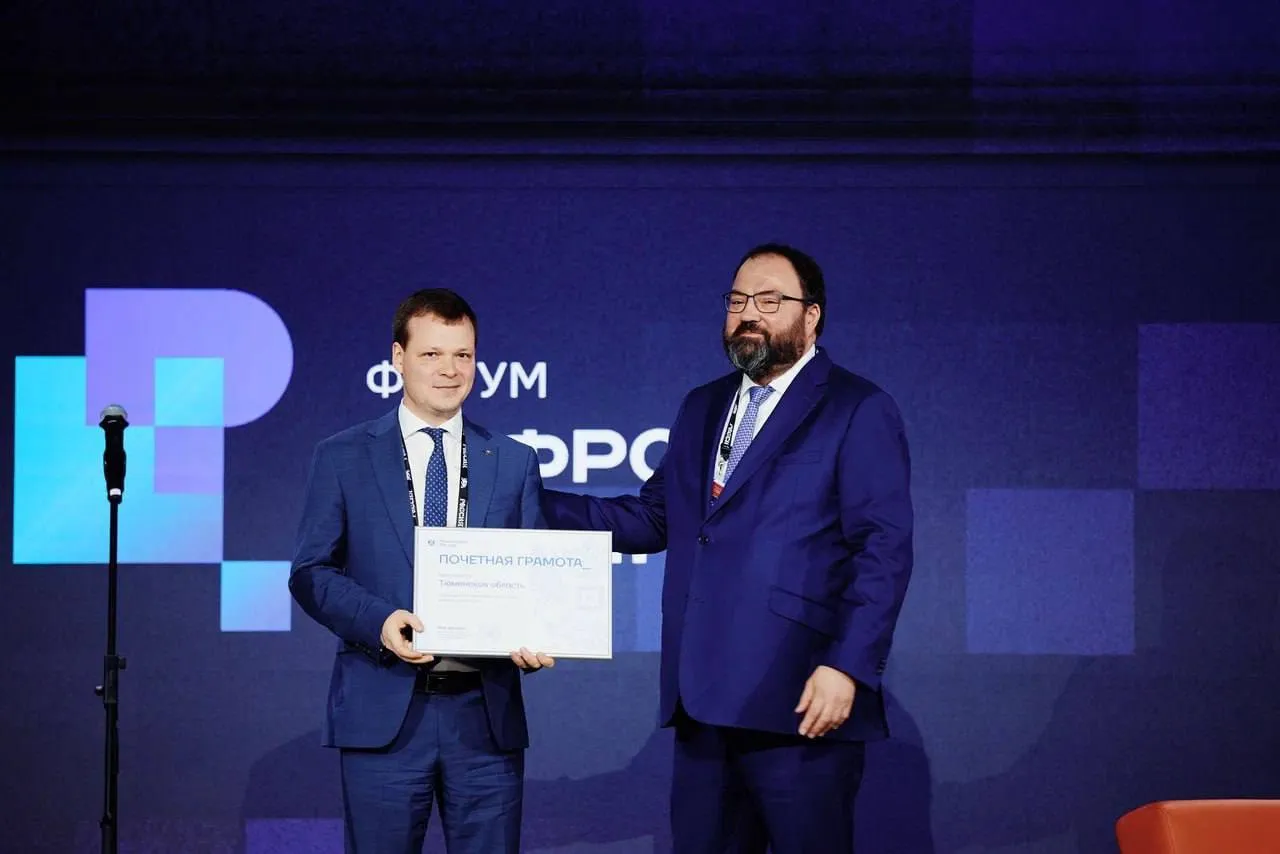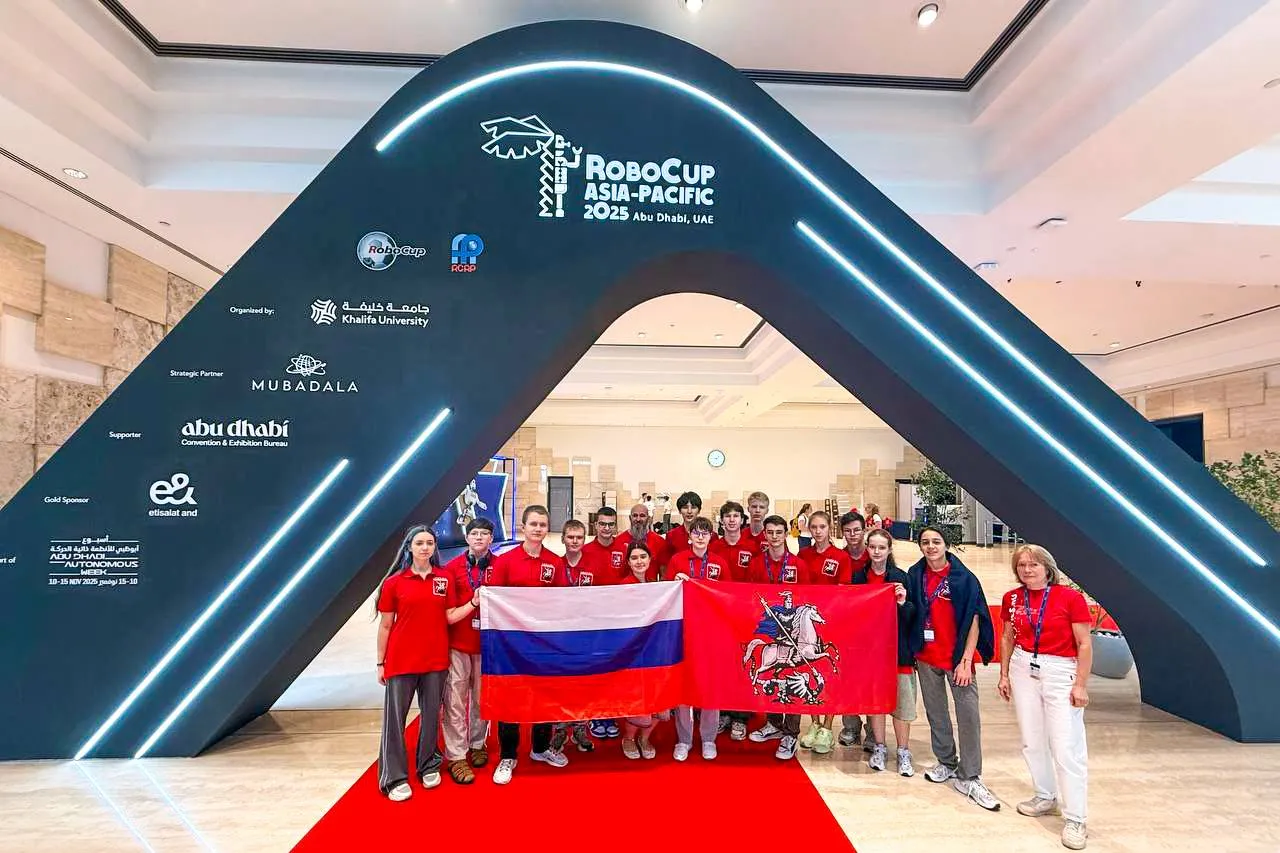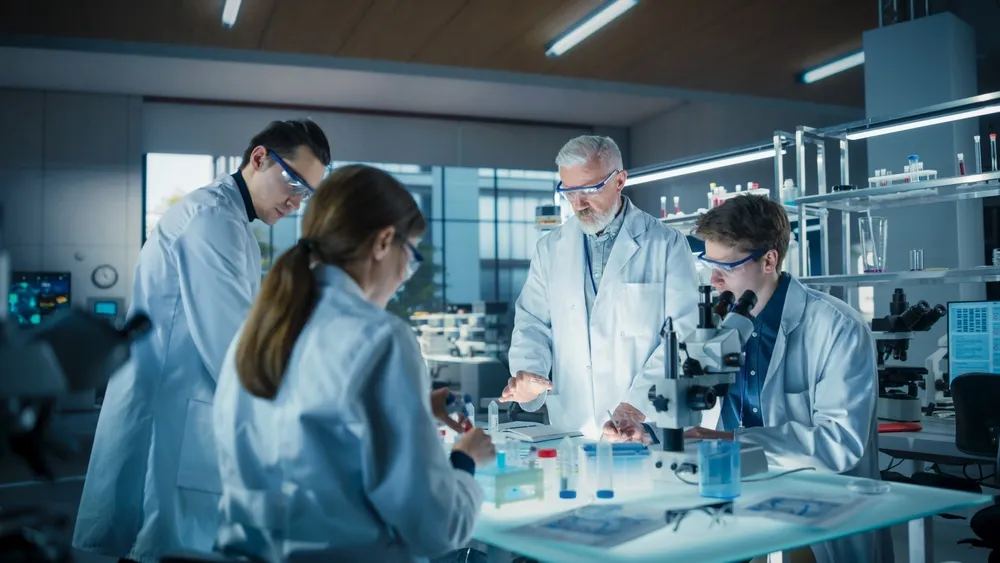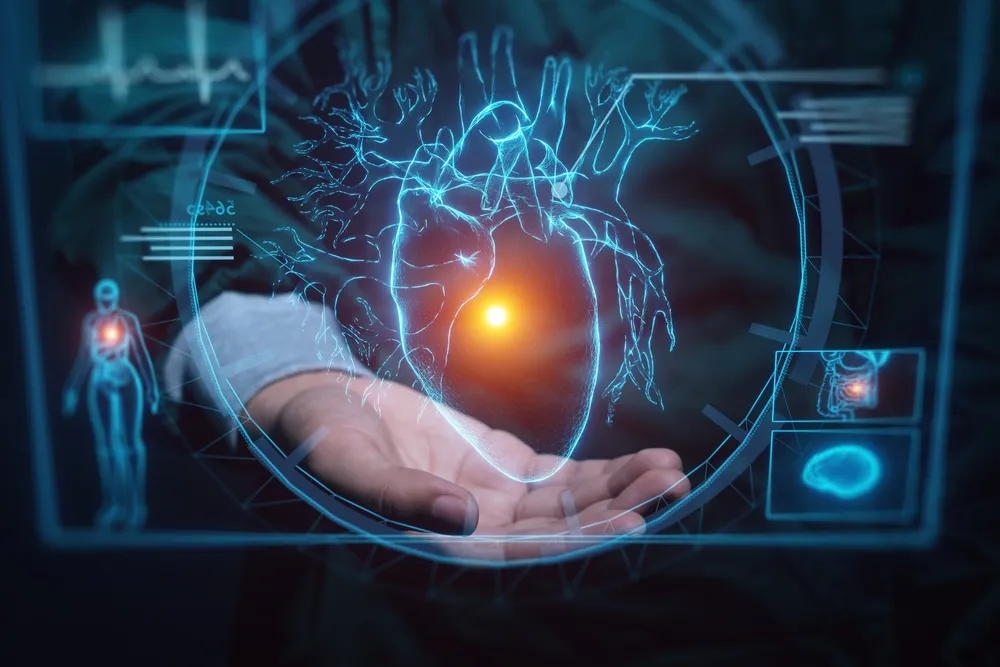Electronic Inspectors: How the Krasnoyarsk Territory Is Digitalizing Municipal Waste Management
Russian researchers have built a high‑precision digital model of a DNA–protein repair complex, offering a new computational window into how damaged genetic material is restored — and opening the door to next‑generation cancer drugs.

A Digital Breakthrough in Molecular Biology
Scientists at Lomonosov Moscow State University have engineered a detailed computer model of DNA bound to PARP — a key protein that orchestrates DNA repair. The virtual structure captures, at atomic resolution, how PARP interacts with the nucleosome, the fundamental DNA–packaging unit in human cells. Because such complexes are notoriously difficult to study experimentally using traditional crystallography, the digital model provides a rare look into a mechanism essential to genome stability. The results were published in the international scientific journal "Cells".
From Molecular Modeling to Real‑World Medicine
The new model gives researchers the ability to observe how individual atoms within PARP and DNA interact. According to the team, this precision will help identify small‑molecule inhibitors capable of selectively blocking PARP activity in cancer cells — preventing tumors from repairing their own damaged DNA. Such a targeted approach is considered one of the most promising strategies in modern oncology.
By building a digital replica of a repair mechanism that has long eluded experimental study, Russian scientists have demonstrated how computational technologies can accelerate drug discovery and help tackle some of medicine’s most complex problems.





